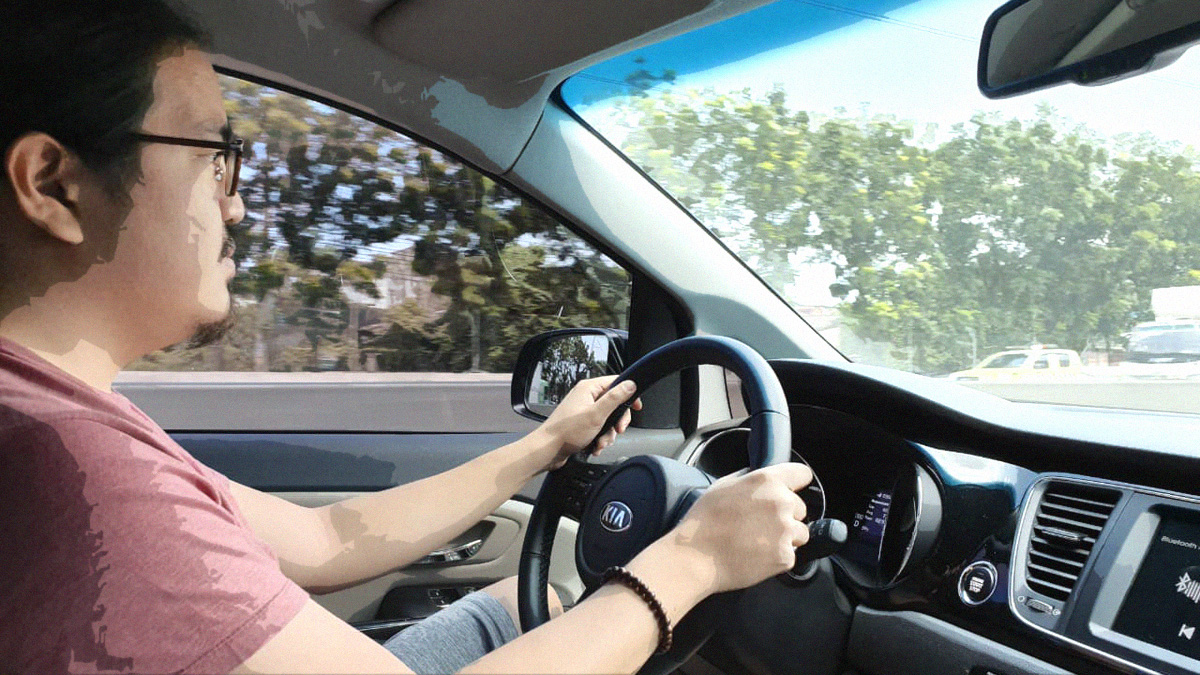The Land Transportation Office’s (LTO) practical driving test for license applicants might be about to become more difficult, as well as more expensive—more so if you have no idea what you’re doing behind the wheel.
House Bill 504, also called the Roadworthy Driving Seminar for All Drivers Act, has been filed in Congress. Its goal? To endow the LTO driver’s license application process with some level of credibility via mandatory seminars and an actual driving exam.
Key words: actual driving exam. If this bill passes, it will require all applicants to undergo at least three hours of instruction from a certified instructor, and at least 30 minutes of driving on roads. The instructor will then “determine the fitness, qualification, readiness, ability to drive, and the actual application of the knowledge learned from the seminar,” the bill’s press release reads.
Check out the driving seminar’s curriculum:
- Safety precautions
- Concept of accident preventability, including a discussion of the magnitude of traffic accident problems
- Techniques for defensive driving and handling critical situations
- Philippine traffic law and regulations, vehicle dynamics, capabilities, stopping distances, limitations, and highway environmental factors such as traffic signs, signals, markings, right-of-way requirements, speed, highway settings, operating environments and adverse conditions affected by weather, illumination, and obstruction
- First-aid applications and basic knowledge on rescues
Here’s the kicker: If you pass the program, the cost of the seminar and driving test will be incorporated into your license fee (to be determined by the LTO). If you fail, you have to pay a fee of P500 to P1,000.
“Apart from constructing more public roads and highways and providing more options for the commuting public, one straightforward solution to the traffic problem is to instill discipline and impart knowledge among motorists,” said Representative Robert Ace Barbers, the bill’s author.
“Safe and disciplined driving practice is key to keep the traffic system orderly. We simply cannot allow our current traffic behavior to continue. We must choose to impose order, and in the course, improve the traffic system and the economy,” Barbers added.












